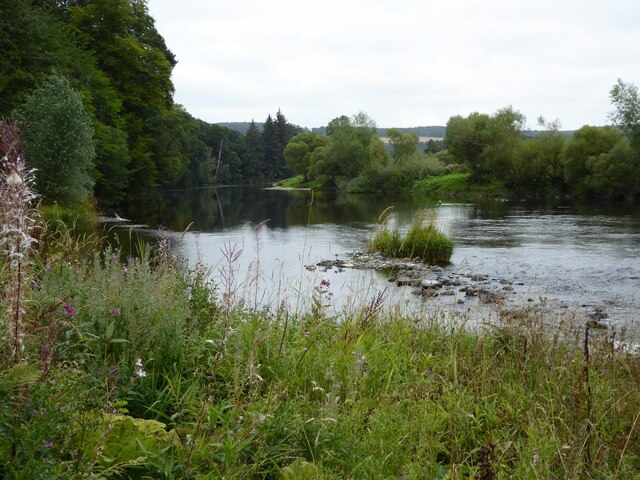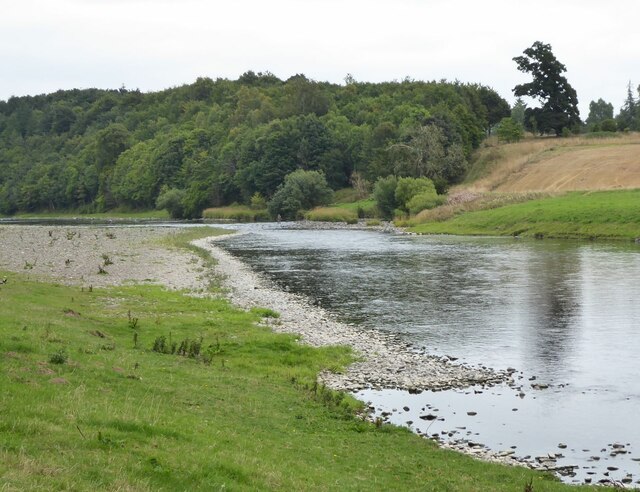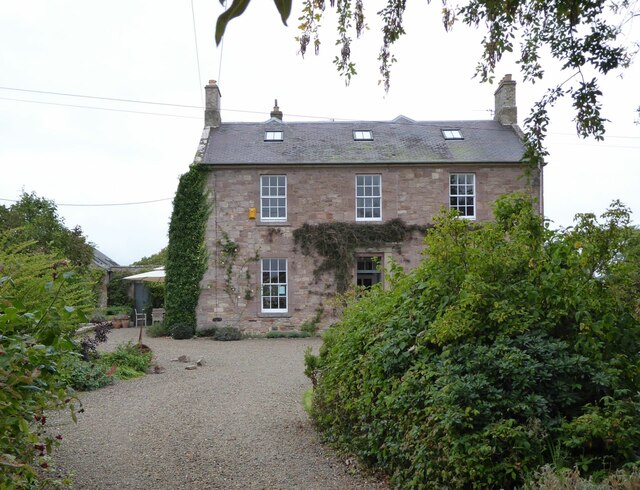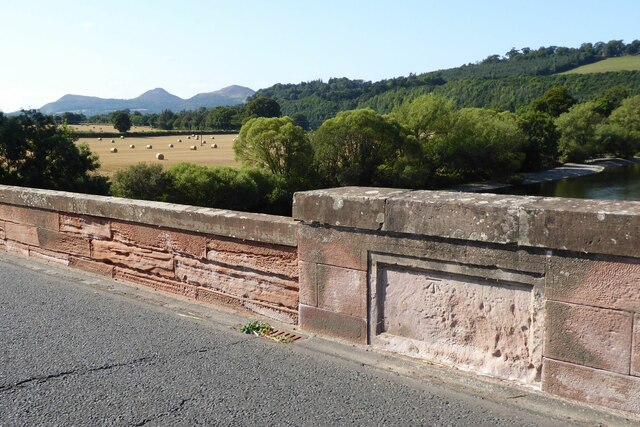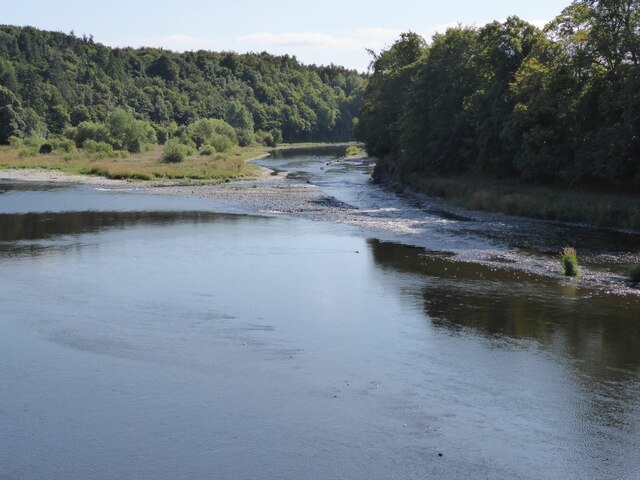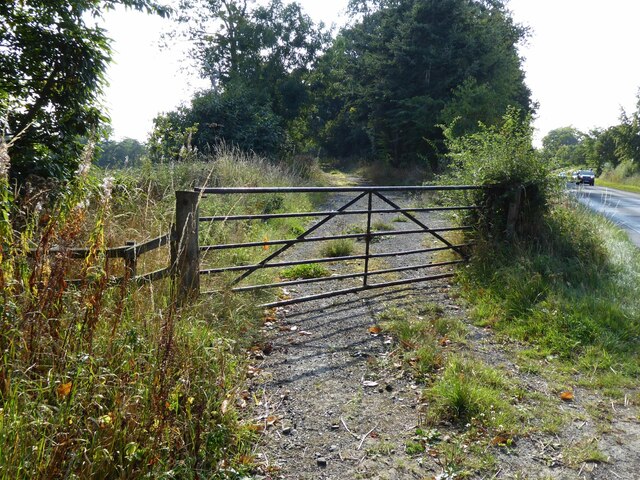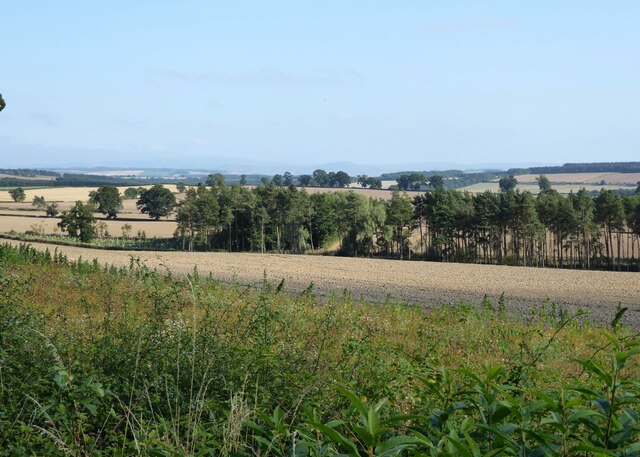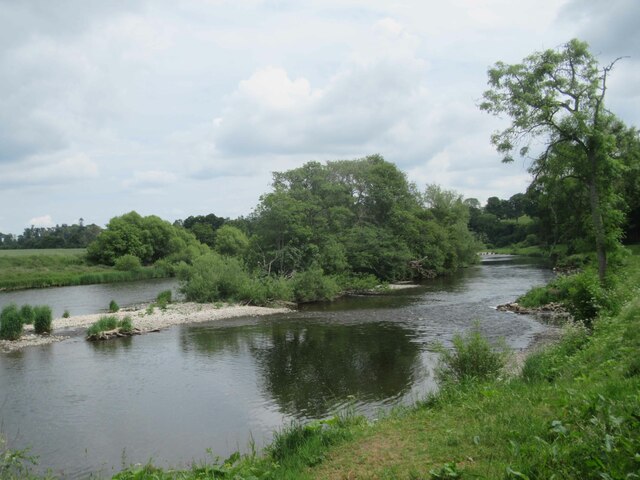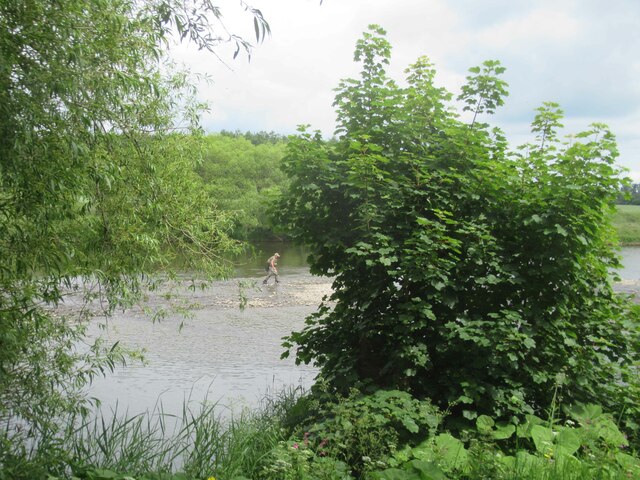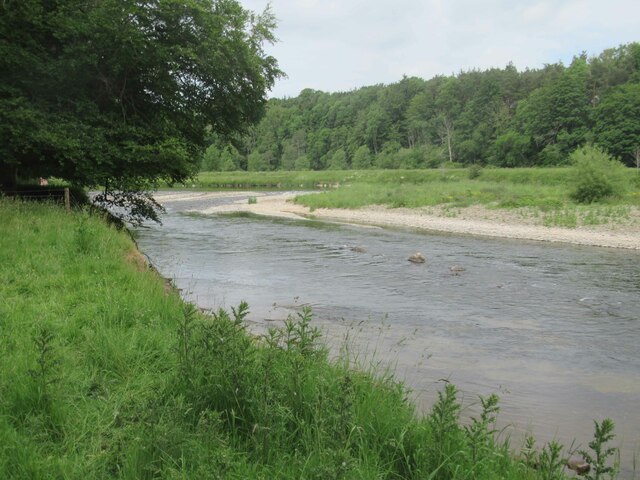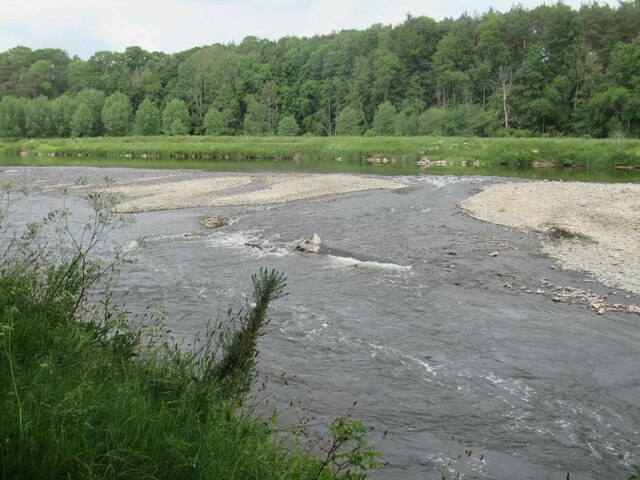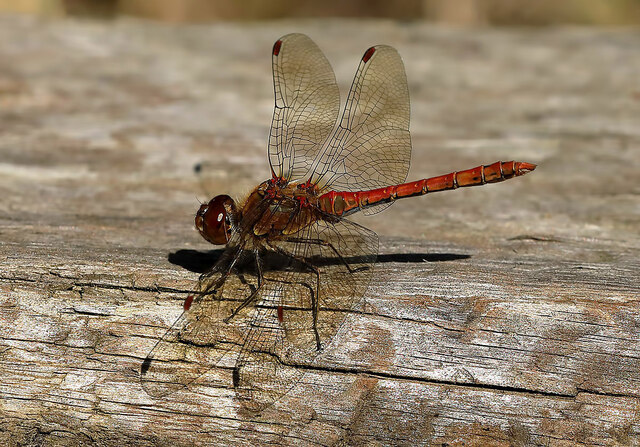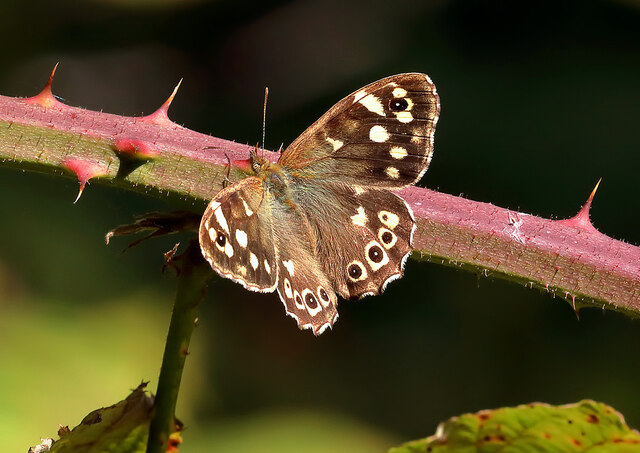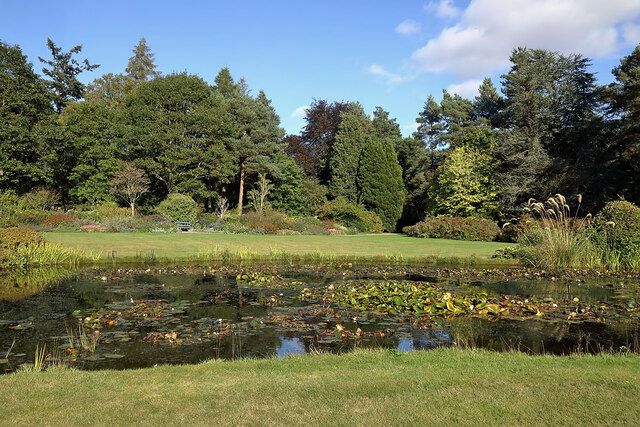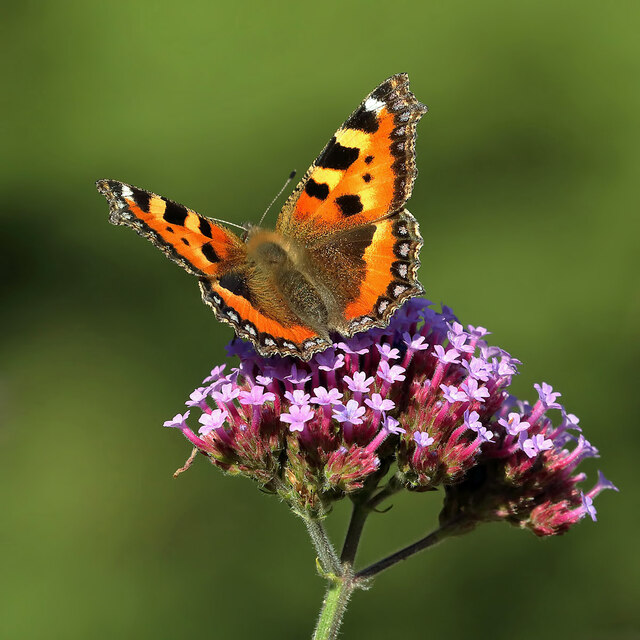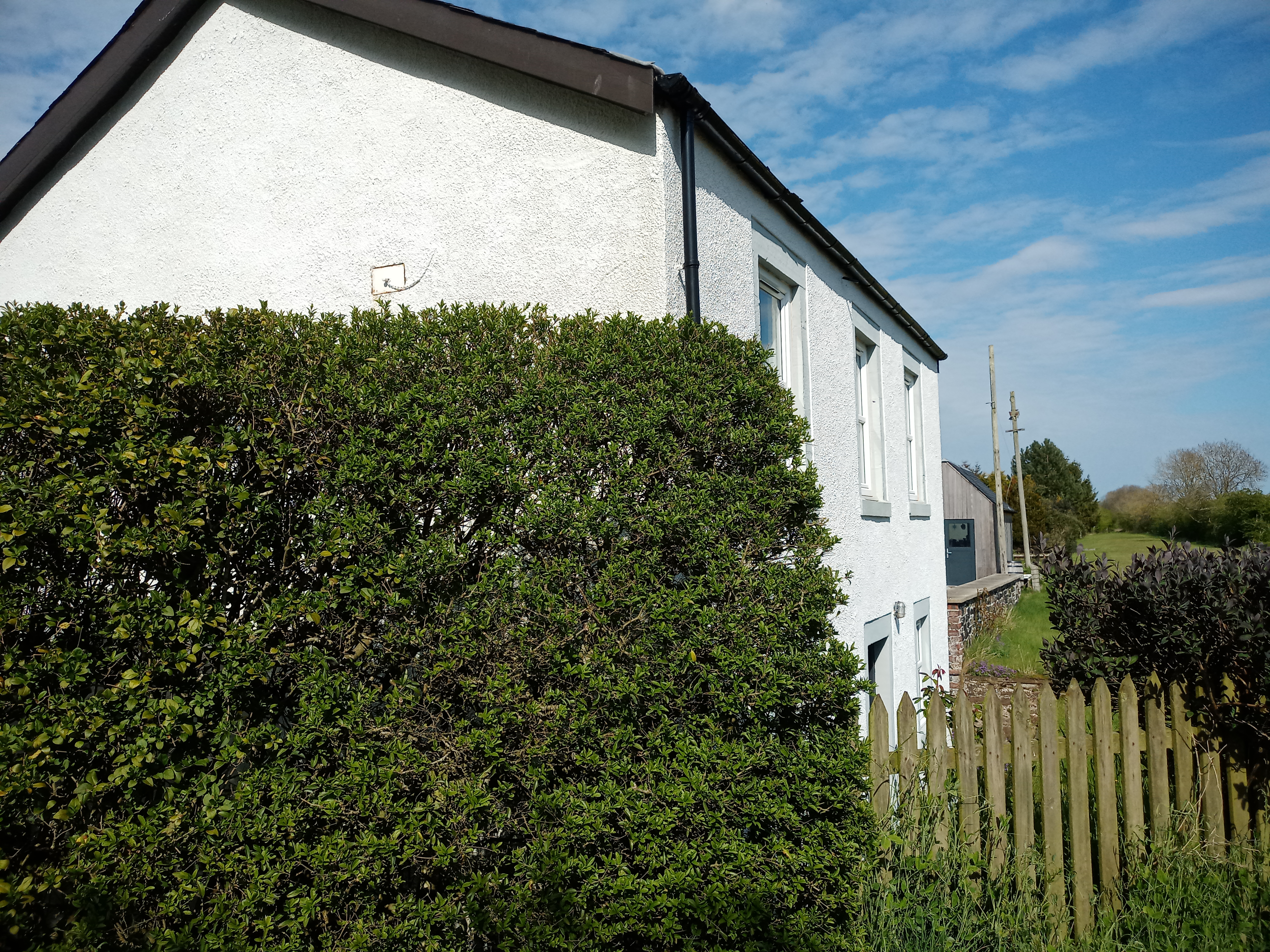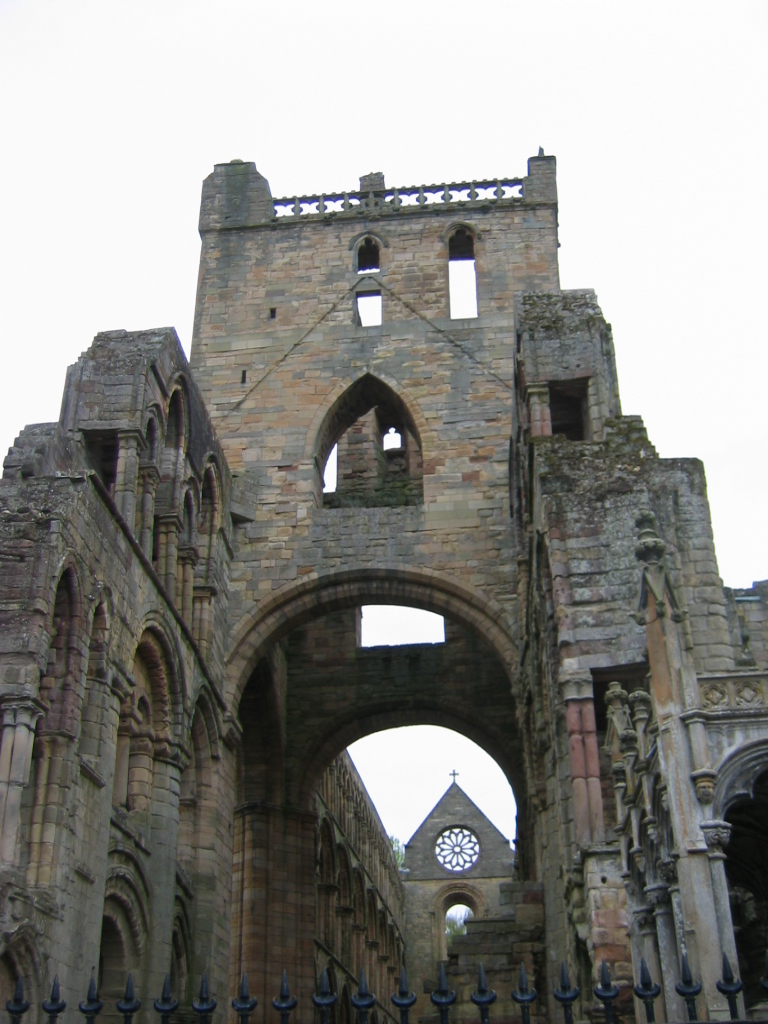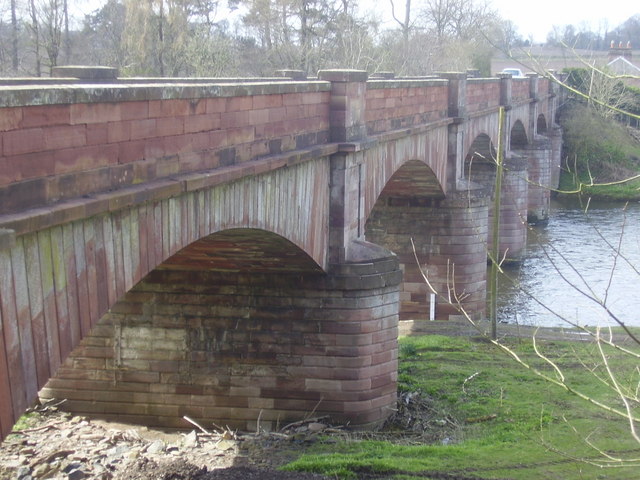Long Plantation
Wood, Forest in Roxburghshire
Scotland
Long Plantation
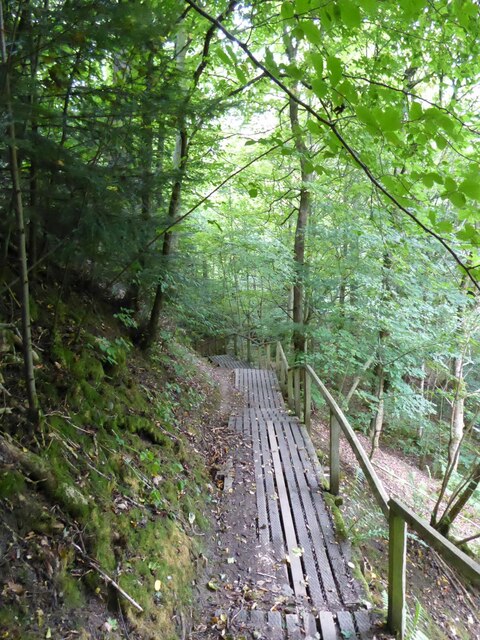
Long Plantation is a picturesque woodland located in Roxburghshire, Scotland. Spanning approximately 200 hectares, this forest is characterized by its dense growth of tall trees, creating a serene and tranquil atmosphere. The plantation is situated in the heart of the Scottish Borders, near the small village of Longtown.
The primary tree species found in Long Plantation are conifers, including Scots pine, Douglas fir, and Sitka spruce. These evergreen trees provide a rich canopy, offering a habitat for various bird species, such as woodpeckers, owls, and crossbills. Additionally, the forest floor is carpeted with a diverse array of flora, including ferns, mosses, and wildflowers, further enhancing its natural beauty.
Long Plantation offers a range of recreational activities for nature enthusiasts and outdoor lovers. The forest is crisscrossed by well-maintained walking trails, allowing visitors to explore the woodland and enjoy its splendor. The trails cater to different levels of difficulty, accommodating both casual strollers and avid hikers. Along these paths, visitors may encounter wildlife such as deer, squirrels, and rabbits.
The tranquil setting of Long Plantation makes it an ideal location for nature photography, birdwatching, and picnicking. The peaceful ambiance and breathtaking views also attract many artists and writers seeking inspiration from the surrounding natural beauty.
Managed by a local forestry commission, Long Plantation ensures the preservation and maintenance of its ecological balance. The plantation serves as an important carbon sink, contributing to the reduction of greenhouse gases and the mitigation of climate change.
In conclusion, Long Plantation in Roxburghshire is a captivating woodland that offers a sanctuary for wildlife and a haven for nature enthusiasts. Its towering trees, diverse flora, and well-maintained trails make it a popular destination for those seeking solace in the heart of nature.
If you have any feedback on the listing, please let us know in the comments section below.
Long Plantation Images
Images are sourced within 2km of 55.572671/-2.5940193 or Grid Reference NT6231. Thanks to Geograph Open Source API. All images are credited.
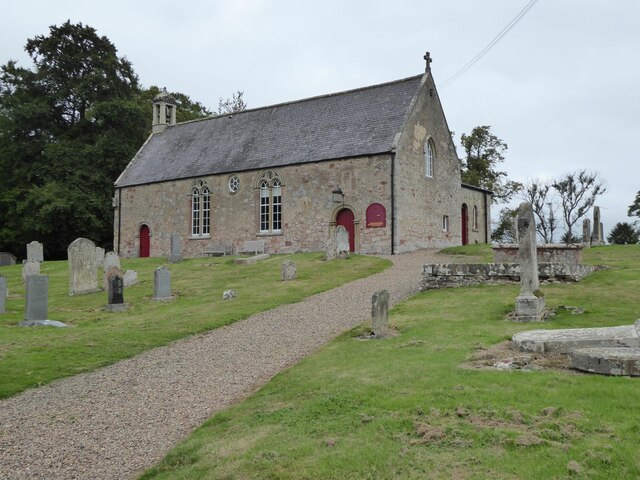
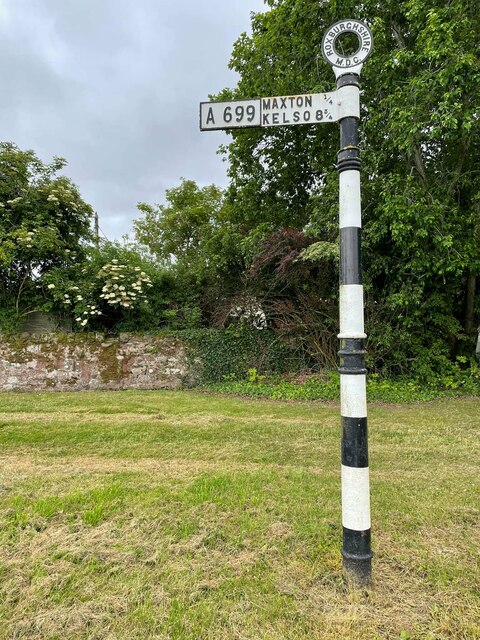
Long Plantation is located at Grid Ref: NT6231 (Lat: 55.572671, Lng: -2.5940193)
Unitary Authority: The Scottish Borders
Police Authority: The Lothians and Scottish Borders
What 3 Words
///cared.month.grudging. Near Saint Boswells, Scottish Borders
Nearby Locations
Related Wikis
Nearby Amenities
Located within 500m of 55.572671,-2.5940193Have you been to Long Plantation?
Leave your review of Long Plantation below (or comments, questions and feedback).
